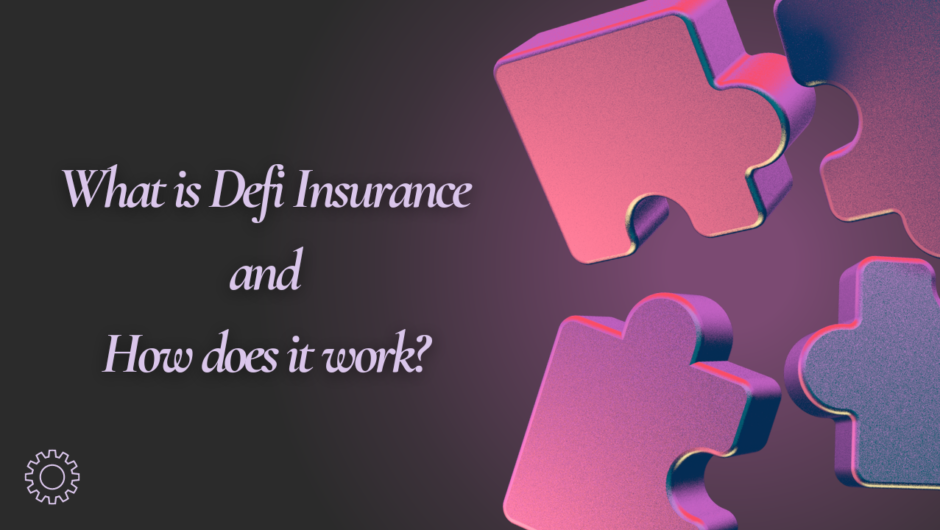Whole Life Insurance and Term Life Insurance are two fundamental types of life insurance, each serving distinct financial needs. Whole Life Insurance offers lifelong coverage with a savings component that accumulates cash value over time. This type of policy provides a guaranteed death benefit and can be a tool for long-term financial planning. In contrast, Term Life Insurance provides coverage for a specific period, such as 10, 20, or 30 years, with a focus on affordability and simplicity. While it does not build cash value, it offers a higher death benefit for the premium paid. Understanding these differences is crucial for selecting the right policy based on individual financial goals.

Introduction to Life Insurance
Life insurance is a financial tool designed to provide financial security for your loved ones in the event of your passing. With various options available, including Whole Life Insurance and Term Life Insurance, it’s essential to understand the differences to select the best policy for your needs. Whole Life Insurance offers lifelong coverage with a cash value component, making it suitable for long-term financial planning. On the other hand, Term Life Insurance provides coverage for a set period and is often more affordable, focusing on specific financial responsibilities. Choosing the right policy is crucial to ensure adequate protection and alignment with your financial goals, offering peace of mind and support for your family’s future.
Understanding Whole Life Insurance
Whole Life Insurance is a form of permanent life insurance that provides coverage for the insured’s entire lifetime, as long as premiums are made. In contrast to term life insurance, which provides coverage a specific period, Whole Life Insurance offers lifelong protection and includes a savings element referred to as cash value.
Key Features:
- Lifetime Coverage: Whole Life Insurance ensures coverage for the insured’s entire lifetime, guaranteeing a death benefit is paid out regardless of when the insured passes away.
- Cash Value Accumulation: A portion of the premiums goes into a cash value account that accumulates over time at a guaranteed rate.
- Fixed Premiums: Premiums remain level throughout the policyholder’s life, providing predictable and stable payments.
Benefits:
- Lifetime Protection: Offers peace of mind with lifelong coverage.
- Cash Value Growth: Accumulates cash value that can be accessed through loans or withdrawals, providing financial flexibility.
- Stable Premiums: Consistent premium payments make budgeting easier.
Drawbacks:
- Higher Premiums: Typically, more expensive than term life insurance, which might be prohibitive for some individuals.
- Lower Returns: Cash value growth may be slower compared to other investment options, potentially limiting overall returns.
Understanding Term Life Insurance
Term Life Insurance is a type of life insurance that provides coverage for a specific period or “term,” such as 10, 20, or 30 years. It is designed to offer financial protection for a set duration, with a focus on affordability and simplicity.
Key Features:
- Fixed Term: Coverage lasts for a predetermined term, after which the policy expires if not renewed.
- Death Benefit: Pays out a death benefit if the insured passes away during the term, providing financial support to beneficiaries.
- Affordable Premiums: Generally less expensive than permanent life insurance, making it a cost-effective option for many.
Benefits:
- Cost-Effective: Offers substantial coverage at a lower cost compared to whole life insurance, making it accessible for budget-conscious individuals.
- Flexibility: Provides options to renew or convert to permanent insurance at the end of the term, adapting to changing needs.
- Simplicity: Straightforward with no cash value component, making it easy to understand and manage.
Drawbacks:
- Expiration Risk: Coverage ends when the term expires, potentially leaving individuals without insurance if they outlive the policy.
- No Cash Value: Unlike whole life insurance, term life does not accumulate cash value or offer investment opportunities.
Difference Between Whole Life and Term Life Insurance
| Aspect | Whole Life Insurance | Term Life Insurance |
|---|---|---|
| Coverage Duration | Lifelong coverage as long as premiums are made. | Coverage for a specific term (e.g., 10, 20, 30 years). |
| Flexibility | Fixed coverage duration, but cash value can be used flexibly. | Limited to the term; renewals or conversions available but often at higher premiums. |
| Cost | Generally higher premiums due to lifelong coverage and cash value component. | Typically more affordable, focusing on providing coverage for a set term. |
| Affordability | Higher premiums might be prohibitive for some individuals. | More budget-friendly, offering substantial coverage at a lower cost. |
| Cash Value | Accumulates cash value over time, which can be accessed through loans or withdrawals. | No cash value component; purely for insurance coverage. |
| Investment Component | Includes a savings component that grows at a guaranteed rate. | No investment component; solely provides a death benefit. |
| Premiums | Fixed and level premiums throughout the policyholder’s life. | Fixed premiums for the term, which may increase upon renewal. |
| Death Benefits | Guaranteed death benefit paid out regardless of when the insured passes away, as long as premiums are made. | Death benefit paid out if the insured passes away within the term. |
Choosing the Right Insurance Policy for Your Needs
Choosing the right insurance policy involves several key factors. Financial Goals and Budget are crucial; Whole Life Insurance offers lifelong coverage and cash value but comes with higher premiums, while Term Life Insurance is more affordable but covers a limited period. Life Stage and Insurance Needs also play a role; younger individuals might opt for Term Life Insurance due to lower costs, while those seeking lifelong coverage and investment growth might choose Whole Life Insurance. Case Studies and Scenarios can illustrate these choices: for instance, a young family might benefit from the cost-effectiveness of Term Life, whereas someone planning long-term wealth transfer might prefer Whole Life Insurance.
Conclusion
In summary, Whole Life Insurance provides lifelong coverage with a cash value component and fixed premiums, making it suitable for long-term financial planning. In contrast, Term Life Insurance offers coverage for a specified term with lower premiums and no cash value, making it ideal for those seeking cost-effective protection for a set period. When making an informed decision, consider your financial goals, budget, and life stage. Whole Life Insurance may be beneficial for those needing lifetime protection and investment growth, while Term Life Insurance is ideal for temporary needs and affordability. Evaluating these factors will help you choose the policy that best aligns with your needs.
Read More:
- Bike Insurance: Premium Details And How To Buy
- How safe private insurance companies are?
- 7 principles of Insurance which every investor should know
- Why should you avail life insurance?

Hello, I am Tanisha Kriplani, graduated in computer science from Delhi University. I am passionate about web content writing and have a strong interest in Data Analytics and Data Engineering.












